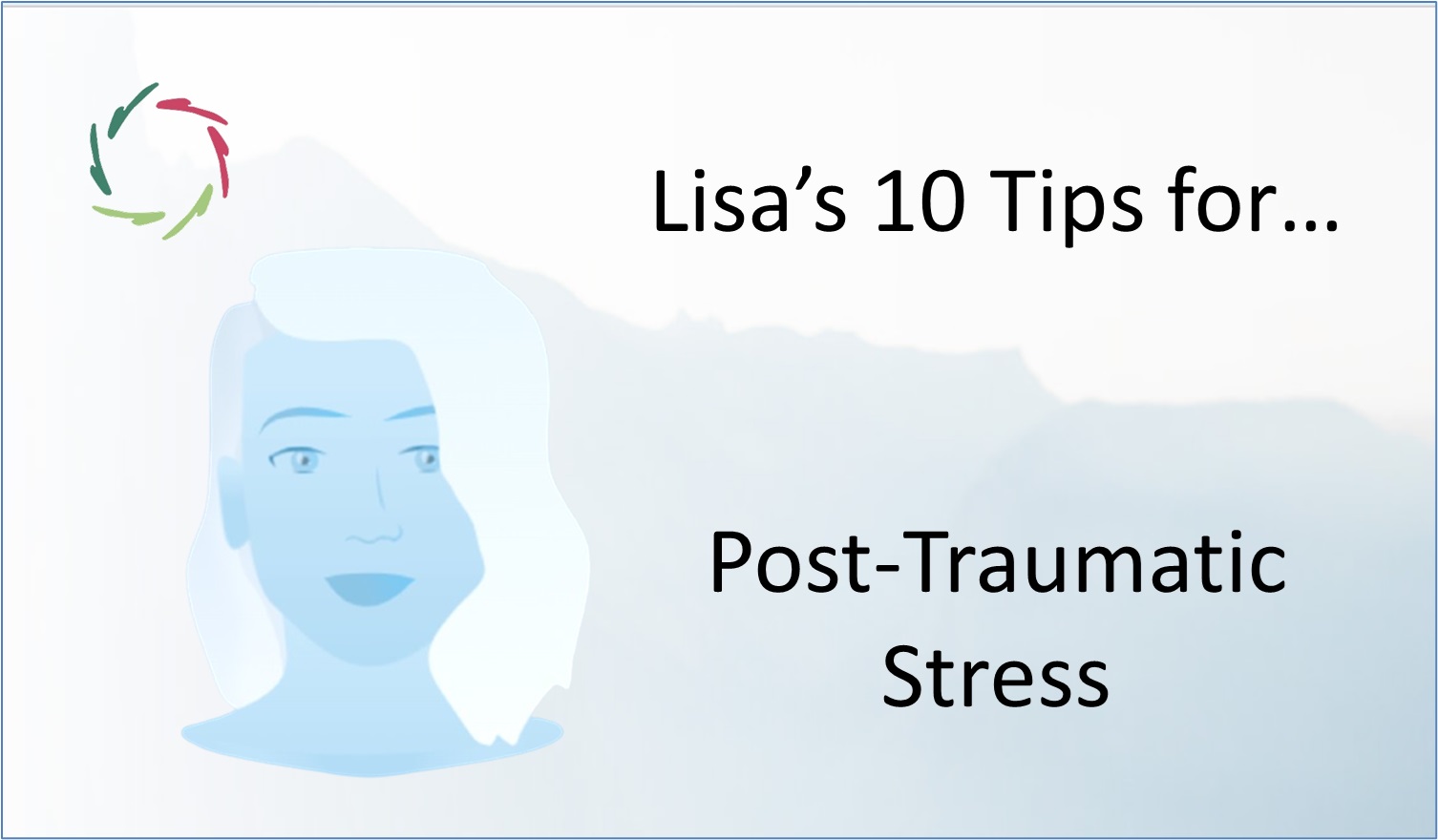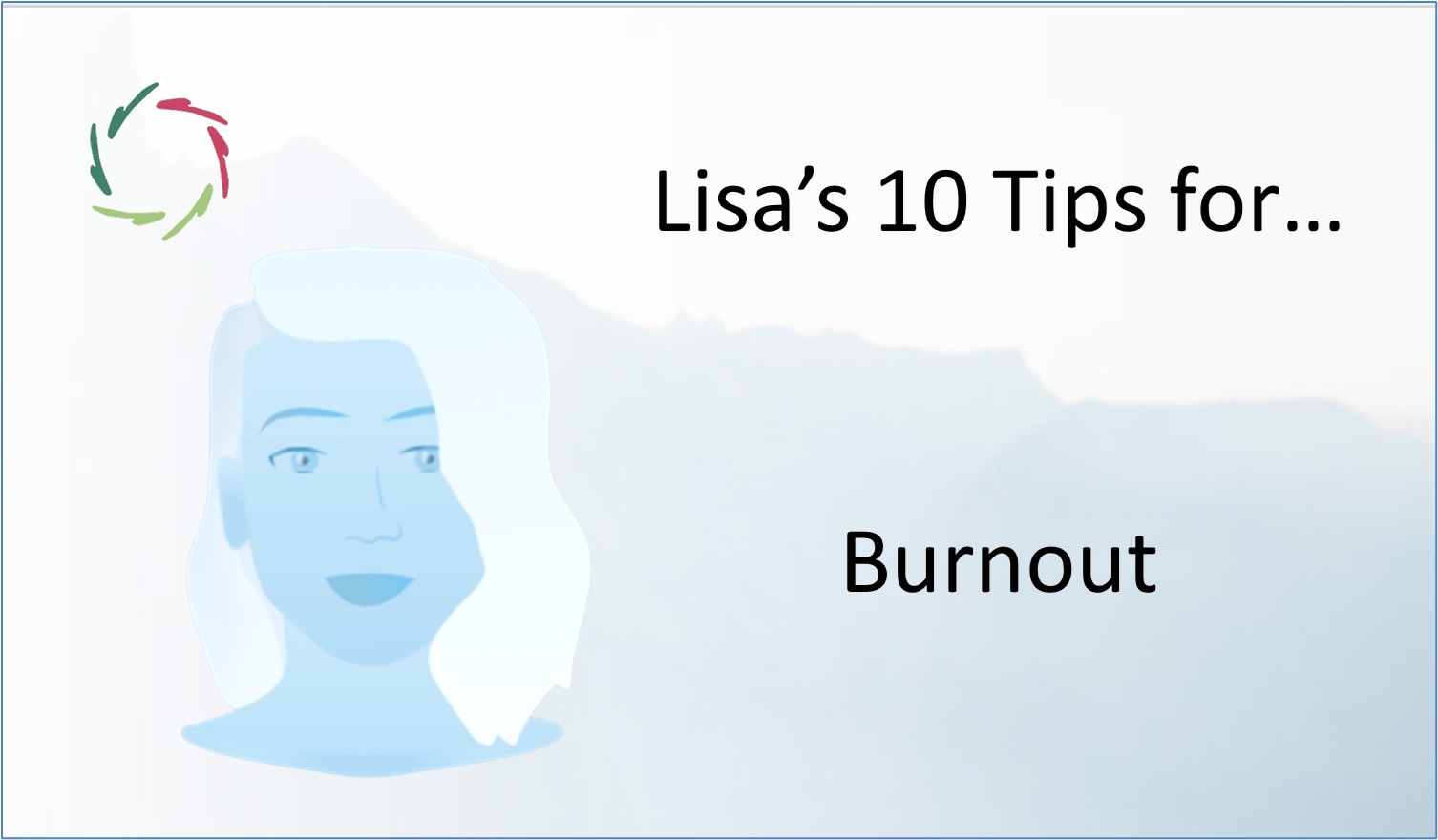Lisa’s 10 Tips for… Managing Daily Stress

Here are ten original tips for managing daily stress that are specifically based on Lisa’s knowledge and deeper insights ― avoiding the common tips that are frequently offered.
These tips, provided by A.I. coach-bot Lisa (human ratified, hardly or unedited), Compassionately align with both rationality and depth as well as with a synthesis of fostering growth and relief of suffering ― forming a deep approach that aims for fundamental transformation rather than superficial fixes. For more about their use, see Lisa’s 10 Tips for… An Introduction. Note that this is support, not therapy. If needed, please seek out proper human therapy.
Create mindful ‘micro-breaks’
In the rush of a busy day, stress accumulates without us noticing. Mindful micro-breaks are about pausing for just a minute or two to check in with yourself. During these breaks, focus on your breath or something simple like the texture of your surroundings. These tiny moments of mindfulness help release tension and prevent stress from building up. They’re like minor resets, keeping your mental and emotional state balanced throughout the day.
Reframe stress as temporary
When we’re stressed, it often feels like the pressure will never go away. By consciously reminding yourself that stress is like a passing wave—temporary and not permanent—you reduce its emotional weight. Acknowledge the stress, but also tell yourself, “This too shall pass.” This perspective shift helps prevent stress from dominating your mindset, allowing you to stay more grounded, even in difficult moments.
Focus on what you can control
A major source of stress is trying to manage things beyond your control, like other people’s actions or external events. Shifting your focus to what you can control—such as how you respond, prioritize, and attitude—brings clarity and reduces overwhelm. Concentrating on what’s in your hands makes progress in small, meaningful ways, which naturally reduces stress.
Use your body to ground your mind
When stress overwhelms the mind, the body can become a powerful anchor. Simple physical actions—stretching, walking, or even feeling your feet firmly on the ground—bring you back to the present moment. This connection between mind and body helps calm scattered thoughts. When stress takes over mentally, your body can act as a stabilizing force, grounding you in the here and now.
Turn everyday tasks into moments of calm
We often rush through daily tasks without thinking, but these moments can become opportunities for mindfulness. Focus on the sensory experiences of mundane activities like washing dishes or walking to your car. The act of tuning into the present—feeling the water, hearing the clinking of dishes—brings calmness and anchors your mind, turning otherwise stressful moments into peaceful ones.
Breathe deeply with intention
Deep breathing is one of the quickest ways to soothe stress. When you feel tension rising, consciously take slow, deep breaths. Breathe in through your nose, let your lungs fill completely, and then exhale slowly through your mouth. Focus on the physical sensation of breathing—this not only relaxes your nervous system but also shifts your attention away from stress. A few intentional deep breaths can dramatically ease both mental and physical tension.
Set boundaries with kindness
Often, stress comes from taking on too much or stretching yourself too thin. Learning to set boundaries—saying “no” when necessary—protects your energy. Setting these limits with kindness helps you maintain relationships while also honoring your own needs. Boundaries aren’t walls; they’re ways to ensure you don’t deplete yourself. Setting them reduces the stress that comes from feeling overwhelmed by too many commitments.
Practice gratitude for small things
Even on stressful days, there are small moments of beauty or peace—whether it’s the warmth of the sun, the comfort of your morning coffee, or a friendly conversation. Take a moment to notice these little things and appreciate them. Focusing on gratitude shifts your mindset from stress and pressure to appreciation, helping you feel more grounded and content. Gratitude acts as a counterbalance to stress, reminding you that there’s always something good, even in difficult times.
Use visualization for inner calm
When stress feels like too much to handle, taking a few seconds to mentally escape to a calming place can be powerful. Close your eyes and visualize a peaceful scene—perhaps a quiet beach, a forest, or a favorite childhood spot. Imagine the sights, sounds, and smells. This mental shift provides a break from the stress, even if brief, and helps reset your emotional state, allowing you to return to your day feeling more centered.
Trust the rhythm of your day
Stress often arises when we feel out of sync with the natural flow of the day, trying to force tasks or events to happen perfectly. Trusting the rhythm of your day means accepting that not everything will go exactly as planned—and that’s okay. When you let go of the need for perfect timing or outcomes, you reduce pressure. By aligning yourself with the natural ebb and flow of your day, you’ll feel less rushed and more in tune with life’s pace, which naturally reduces stress.
―
These tips offer practical, profound insights into managing stress throughout daily life. They combine mindful actions with subtle mental shifts, helping you maintain a sense of balance and calm even during busy or overwhelming days. The key is to invite a sense of presence and trust into each moment, allowing stress to become more manageable rather than all-consuming. I hope you find these tips helpful!

.
.
.


